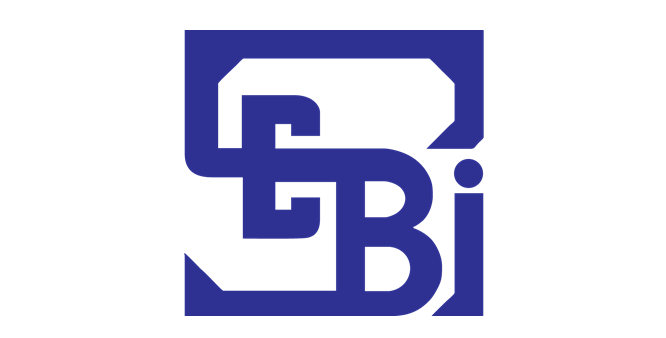SEBI Introduces Flexi-cap Category in Mutual Funds: All You Need to Know

The Securities and Exchange Board of India (SEBI) has been trying to rationalize and categorize mutual fund schemes since 2017. This is to make it easier for investors to choose the right schemes (refer SEBI circular number SEBI/HO/IMD/DF3/CIR/P/2017/114 dated October 06, 2017).
In November last year, SEBI introduced a new category under equity mutual fund schemes called Flexi-Cap Mutual Funds. This has been notified vide SEBI circular number SEBI/HO/IMD/DF3/CIR/P/2020/228 dated November 06, 2020.
The announcement had come based on the recommendations of the Mutual Fund Advisory Committee (MFAC). Previously, the market regulator had introduced, the rationalization of multi-cap funds.
What are Flexi-Cap Mutual Funds?
As per SEBI’s notification, a Flexi-Cap Fund is an open-ended, dynamic equity scheme. It invests across companies of any market capitalizations. That is, large-caps, mid-caps, and small-caps companies.
The minimum investment in equity and equity-related instruments needs to be 65% of the total assets of the scheme. The Asset Management Company (AMC) has the liberty to choose a suitable benchmark for each Flexi-Cap scheme.
Further, SEBI has allowed fund houses to convert an existing scheme into a Flexi-Cap scheme. This is provided, all fund houses comply with the requirement for change in fundamental attributes of the scheme.
Why is this Needed?
Before September 2020, multi-cap funds had the liberty to invest in companies with varying market capitalizations without any restrictions. This means, multi-cap plans’ fund managers should invest 65% of the net assets in equity and equity-related securities. These investments can be made in companies across any market capitalisation.
In September 2020, SEBI issued a circular making it mandatory for multi-cap funds to invest at least 75% of their total assets in equity and equity-related securities with a minimum of 25% exposure to equity and equity-related securities of each large-cap, mid-cap, and small-cap companies.
This was introduced because most multi-cap funds had turned into large-cap-focused funds. It also raised concerns among investors. As they were looking to optimize returns via a portfolio with a good mix of stocks across market cap.
Post implementation, the fund managers were restricted to 25% portfolio exposure in one market-cap even if the economic conditions suggested otherwise.
Hence, on the suggestion of MFAC, SEBI decided to launch a new category. It allows fund managers to create a portfolio that works in tandem with the markets and perhaps generate good returns.
This also brings the fund managers back into the game. This is because, the success of the scheme will depend upon the expertise of the fund manager in stock selection and investment timing.
What Should Investors be Careful About?
Most investors who have been investing in mutual funds for years associate multi-cap funds as funds where the fund manager chooses the allocation between market caps.
With the rationalization of multi-cap funds and the introduction of flexi-cap funds, investors need to be sure about the type of scheme they are investing in before signing the dotted line. If a balanced-exposure to companies across market caps is required, then multi-cap funds are an option.
On the other hand, if investors believe in the fund managers’ capabilities and want to leverage equity investment opportunities to earn maximum returns, then the newly launched flexi-cap funds are an option.
With the SEBI trying to make investments simpler and better organized for investors, it is their responsibility to stay informed of these changes. And invest according to risk tolerance and financial objectives. Do read the offer documents carefully before investing.
Happy Investing!